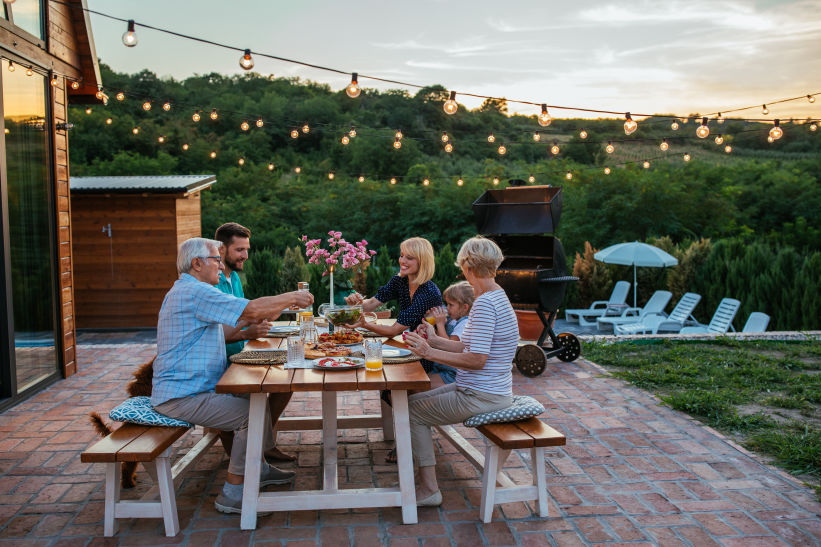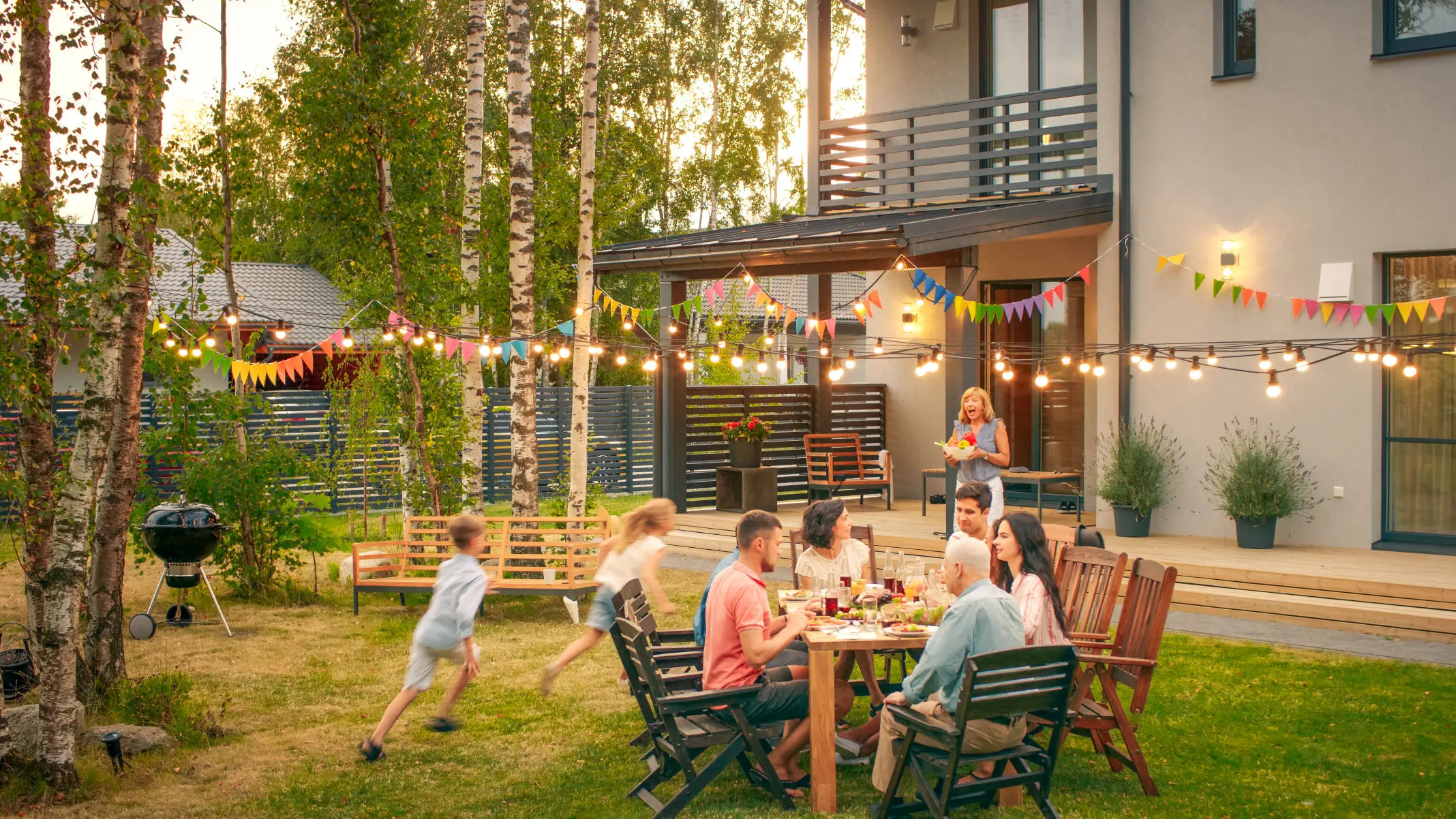


Eugene offers a balanced, accessible cost of living that stands in sharp contrast to the increasingly expensive urban centers of Portland, Seattle, and the Bay Area. While you’ll enjoy top-tier outdoor access, vibrant culture, and high-quality amenities, you won’t encounter the overwhelming housing costs, commute times, or daily expenses often associated with larger cities. This is a place where your money stretches further, and your lifestyle feels more spacious, grounded, and sustainable.
On Sperling’s Best Places, Eugene typically indexes close to the national average for overall cost of living, making it far more manageable than most West Coast cities. Groceries, utilities, and transportation remain reasonable and predictable, giving you the ability to live comfortably without constantly monitoring rising costs.
Typical expense considerations include:
Eugene’s cost of living allows you to prioritize what matters most: outdoor recreation, education, dining, wellness, or simply having more financial breathing room. You won’t encounter the dense, high-cost urban sprawl that limits options in larger metro areas. Instead, you’ll have the freedom to own a home, enjoy recreation, and plan for the future with far less pressure.
Residents benefit from:
Even though Eugene is known for its amenities, beautiful surroundings, and vibrant university atmosphere, price pressures haven’t grown at the rate seen in larger cities.
Oregon has no sales tax, which significantly reduces everyday purchasing costs. Property taxes vary by neighborhood but remain predictable and transparent. Combined with the absence of added taxes on most goods, your monthly expenses will feel stable and manageable.
Eugene offers you the chance to live well in a community that values sustainability, balance, and accessibility — without sacrificing financial comfort.
Eugene offers a wide range of housing options, from walkable in-town neighborhoods to quiet suburban pockets surrounded by trees, parks, and trail systems. Compared to larger West Coast metros — where prices often exceed $1M for modest homes — Eugene’s market is significantly more accessible while still offering the charm, greenery, and architectural variety the Pacific Northwest is known for. Whether you’re buying your first home, upgrading for more space, or renting while settling in, you’ll find options that match your lifestyle without the financial strain of major cities.
Each part of Eugene offers a unique feel, making it easy to find a setting that aligns with your family, hobbies, and pace of life.
Popular areas include:
Many neighborhoods offer mature landscaping, mountain views, and easy access to bike paths and natural areas — features that are rare or extremely costly in larger cities.
Eugene’s housing prices vary by neighborhood, age of home, and proximity to schools, but remain significantly more attainable than coastal metro markets.
Common features you’ll find in Eugene homes:
Whether you’re seeking a contemporary home, a family-friendly suburban property, or a quiet space near nature, options span a wide price range without requiring big-city budgets.
For physicians who prefer to rent initially, Eugene offers a mix of apartments, townhomes, and single-family rentals.
Rental advantages include:
No matter where you choose to live, commutes throughout Eugene and Springfield are short and predictable — typically 10–20 minutes. Access to I-5 is quick, and most residential areas connect easily to clinics, grocery stores, and recreational spaces.
Short drives mean:
Eugene’s housing landscape gives you the chance to live in a home and neighborhood that truly support your lifestyle — without the financial stress found in larger urban markets.



Eugene offers a reassuring mix of suburban calm, walkable neighborhoods, and active community engagement. While it reflects some of the typical challenges found in any mid-sized city, the majority of residential areas — especially those popular with physicians and families — maintain a strong feeling of safety, stability, and neighbor-to-neighbor connection. You’ll notice that people walk dogs in the evening, kids play in parks, and families spend weekends exploring local trails and community spaces.
The neighborhoods most commonly chosen by medical professionals offer quiet streets, well-maintained homes, and strong community presence. Areas like South Eugene, North Gilham, Crescent Village, and Santa Clara emphasize walkability, school access, and proximity to parks — all of which contribute to a strong sense of daily security.
Residents appreciate:
Eugene benefits from a comprehensive public safety network, including local police, fire, and EMS services known for their responsiveness and community involvement. You’ll find that emergency response teams maintain active visibility throughout residential areas, adding to a sense of daily reassurance.
Additional safety elements include:
Eugene’s smaller geographic footprint results in straightforward commutes, predictable traffic, and safe driving conditions. Residents enjoy short travel times — typically 10–20 minutes across town — reducing the risk and stress associated with long, congested commutes.
Environmental safety benefits include:
Like any vibrant city, Eugene has pockets with more urban activity and higher density, particularly near downtown. However, these areas are well-defined, and physicians typically choose neighborhoods outside these zones where safety, schools, and community amenities are strongest. Knowing where to live — and where typical concerns cluster — makes it easy to enjoy the city with confidence.
Eugene offers a comfortable sense of security grounded in engaged neighborhoods, accessible public safety, and the natural calm of the Pacific Northwest environment.
